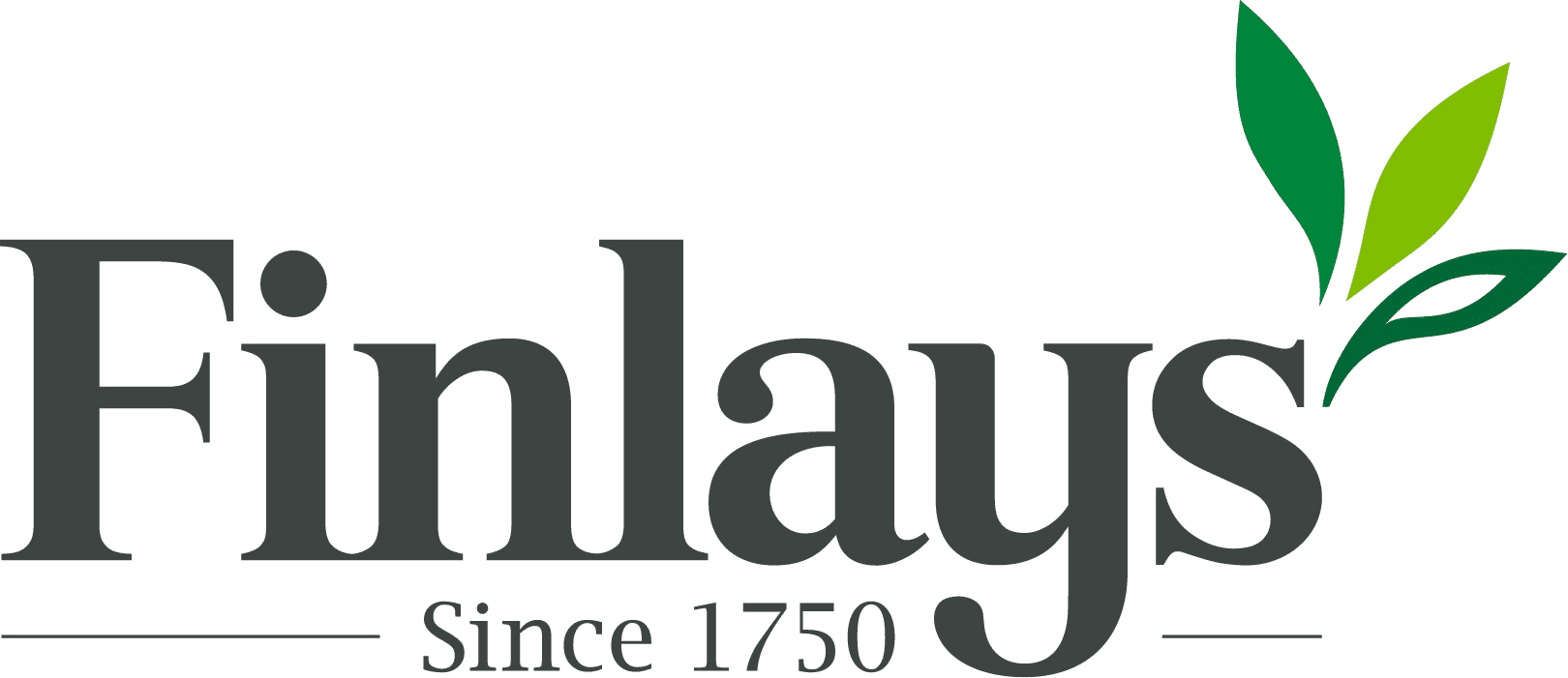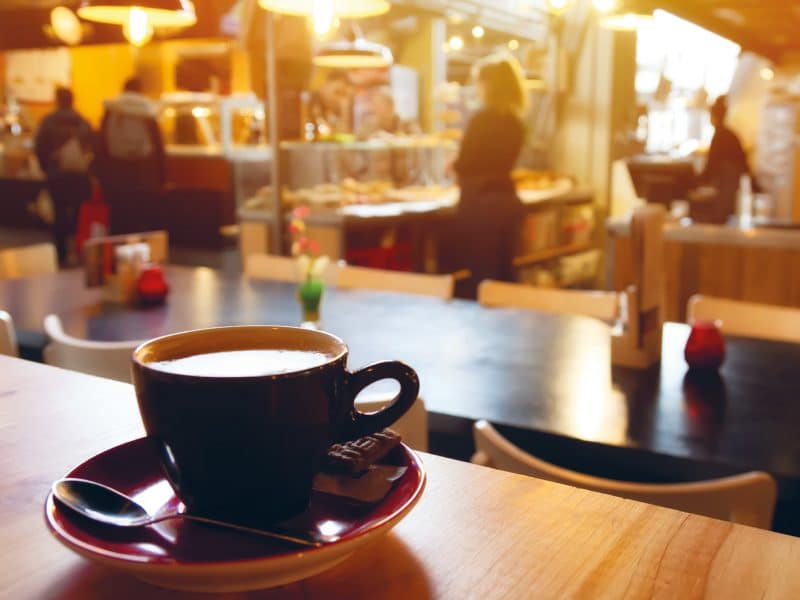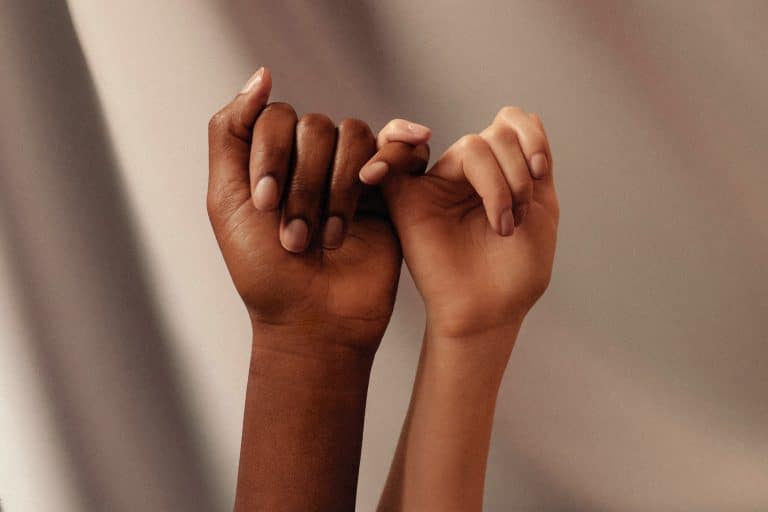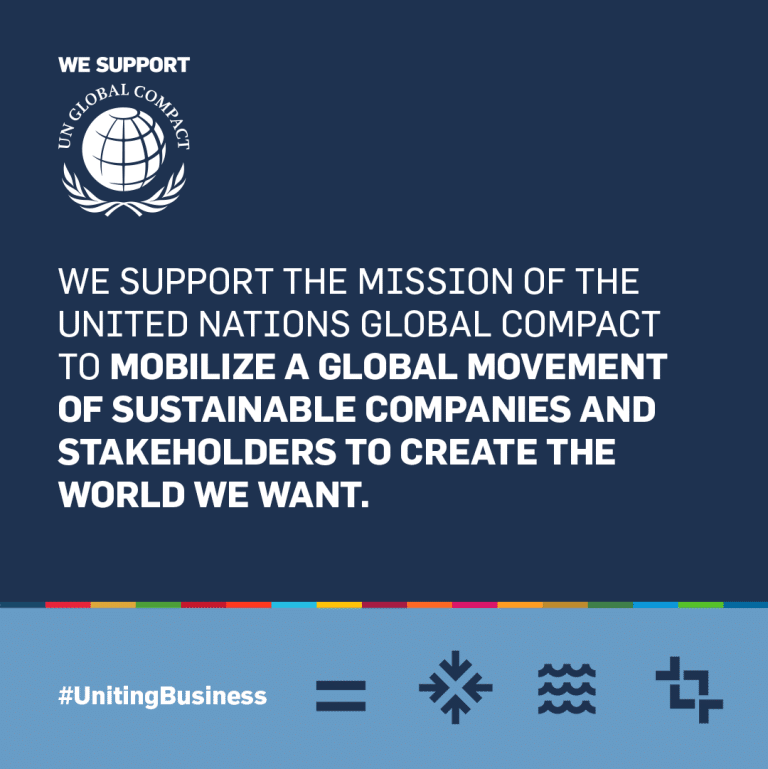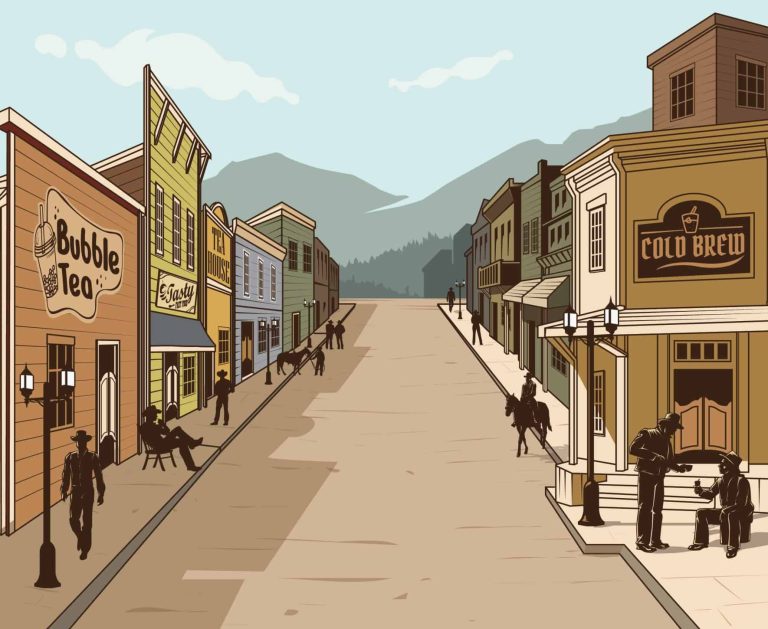There’s no two ways about it, COVID marked the start of the most challenging time on record for the UK out-of-home coffee industry.
Over the course of 2020, some £2.1 billion was wiped from the value of the sector and the number of London-based coffee shops fell for the first time in 20 years*.
Luckily, café culture is now firmly embedded in British life, and the sector rebounded strongly in 2021 recovering to 87% of its pre-pandemic value at year-end, with the total number of outlets exceeding 2019 numbers**.
Even so, there are a number of critical challenges on the horizon, not least inflation, volatile coffee prices, supply chain disruption, and changing consumer priorities.
As the industry looks to tighten its belt, here are five ways to add value by capitalising on consumer trends:
-
Focus on the quality and provenance of coffee
Coffee consumers are increasingly discerning and look for premium options. Developing a house espresso blend which delivers on the taste and consistency consumers expect, while exploring less traditional coffee origins such as Zambia and Laos, offers both value and a point of difference.
Meanwhile, single origin espresso or filter coffee at a premium price point provides the opportunity to showcase expertise and develop trust and loyalty with your consumers.
-
Use ethical credentials to signify coffee quality
Traditional certification schemes like Fairtrade and Rainforest Alliance carry brand recognition, but you can combine these with direct trade sourcing to demonstrate a greater commitment to origin relationships. This boosts credibility and offers a point of difference.
Consumers are increasingly seeking environmentally friendly options, so recyclable packaging and spent grounds schemes, such as Biobean, are growing in popularity.
-
Diversify your out-of-home coffee channels
Consumption is diversifying away from traditional high street locations. In 2021, Delonghi reported over 300% half-year revenue growth, showing coffee drinkers’ commitment to café quality coffee at home. This has caused lines to blur between retail and outof- home brands, creating opportunities for out-of-home brands in the retail space. And indeed, in larger pack sizes.
-
Tap into health and well-being with clean-label coffee
A greater focus on clean labels, natural drinks and reduced consumption of carbonated soft drinks means both traditional hot coffee and also cold brew coffee are well-positioned alternative offerings. Don’t overlook decaffeinated coffee, which is outperforming the
growth of caffeinated coffee.
-
Entice younger coffee drinkers with innovative & wider coffee offerings
YouGov research shows that Gen Z is doing without ‘standard’ coffee in their daily routine. But there are ways to bring them back into the fold – products like cold brew coffee give access to new formats and occasions ranging from indulgent flavoured drinks to healthy functional alternatives. Cold brew is also a great way of helping consumers drink coffee throughout the day, not just in the morning.
This article originally appeared in 1750 Magazine. Click here for more industry-leading insight an opinion.
References
*Allegra
**Allegra
